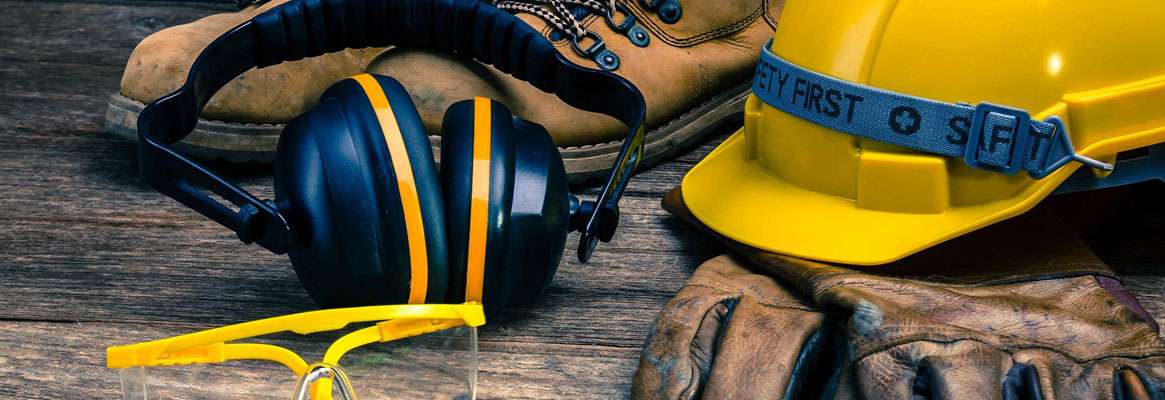Electricians, construction workers, the food industry, and automotive workers are just some people who need to wear protective clothing in their daily lives. Any professional in an environment that may pose a risk to members due to exposure is a candidate for the use of protective or safety clothing.
What Are The Types Of Protective Clothing?
The main types of protective clothing found in the PPE market are:
- protective overalls;
- thermal jacket and pants;
- cut-resistant shirt and pants;
- protective clothing against high temperature;
- electrician uniform;
- gowns;
- aprons.
What Are The Essential Tips On Protective Clothing?
Get to know, now, some important information about this personal protection equipment.
- Choose A Material Compatible With The Function
Each segment requires an article of different protective clothing. Those who work in a chemical laboratory or with electricity have different needs and need special safety measures to protect their work routine. Because of this, various types of protection are provided by garments. Here are some of them!
Chemical And Biological Risk
Clothing against chemical and biological risks prevents contact with hazardous particles and substances, thus protecting the individual’s clothing and skin. They act as a barrier and, in some cases, are made of antibacterial fabric to increase user protection.
Thermal Aggressions
Anyone working near heat faces a particular risk. The indicated clothing must protect from flames and splashes and be made of material that prevents fire from spreading through the clothing. In cold weather, thermal clothing is also necessary. Who works in refrigerators, for example, must be protected to spend long periods in environments with reduced temperatures?
Electrical Hazards
Clothing that protects from electrical shock and signals the presence of professionals is different from those worn in other hazardous areas. They need to prevent currents from spreading and must be insulating.
Mechanical Risks
Clothing protects against mechanical agents, especially against cuts, in glass, food, metalworking, and other industries.
- Check The Size Of The Professional
As with our clothes, size matters; when purchasing this PPE, you need to know the measurements of your professionals to acquire the fitting garment. Personal protective equipment that is too large or too small will cause discomfort when the employee needs to move, which can put them at risk.
If there is a need to get out of a dangerous situation quickly, an inappropriately sized garment can prevent this from happening. Likewise, boots that complement the work uniform and aprons worn by your company’s workers should always provide comfort and ease of movement.

















